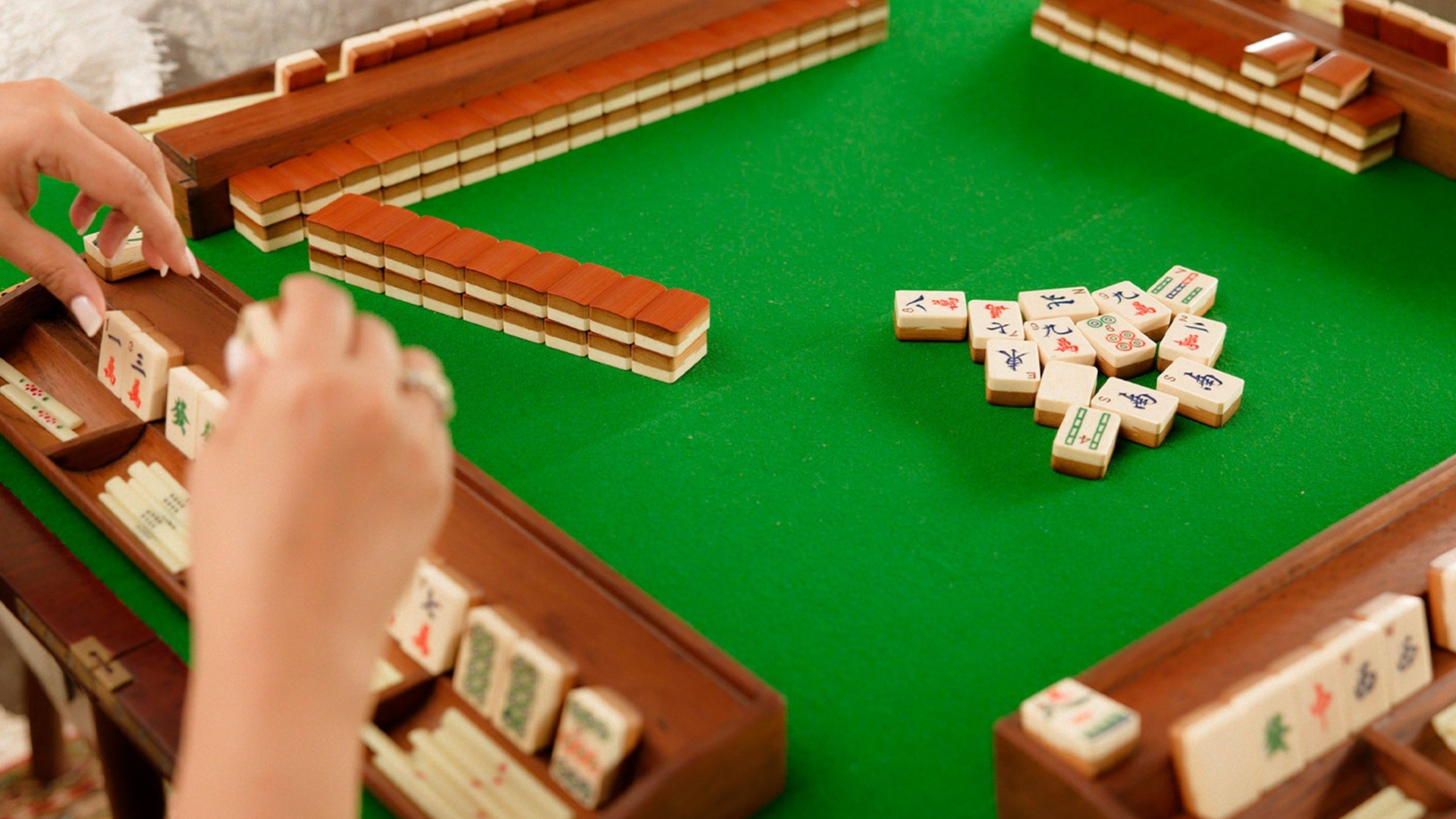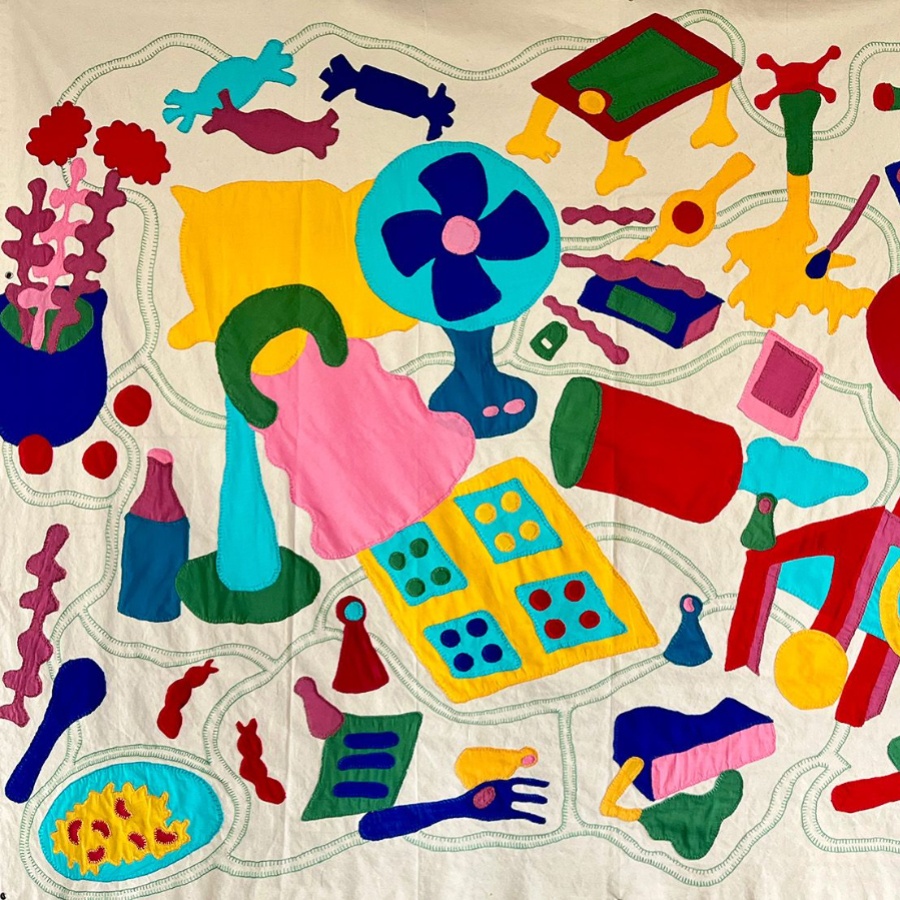There’s a new habit sweeping through living rooms in the high rises of Mumbai and in the card rooms of its tony private members’ clubs. And it’s not that worst-kept secret (*cough* Ozempic *cough*) that I’m talking about, but another equally addictive trend.
That clicking you hear isn’t champagne flutes being clinked or stilettos crossing the room, but the unrelenting clacking of green and white tiles. Mahjong, the Chinese game of strategy and luck, has become the game of the moment—and it’s not just the retirees who are drawing tiles. A few months ago, when I texted a school mom to ask if her daughter could stay for dinner at ours, she said, “Sure! I’ll get in an extra hour of Mahjong.” It felt like the beginning of a new subculture.
Until recently, the only reference I had for the game was that pivotal scene in Crazy Rich Asians in which Rachel shows up and goes head-to-head with Eleanor, the disapproving mother of her boyfriend. Spoiler alert: it’s a scene ripe with subtext and symbolism, in which Rachel leaves Eleanor dumbfounded by her strategic mind both in the game and in their equation.
“Thanks to Crazy Rich Asians, I always associated the game with much older women,” laughs content creator Pooja Advani, who runs Luxiste, an Instagram page dedicated to luxury fashion and lifestyle content. “But I can never say no to a game, so when my friends invited me to try this, I was all for it.” At least twice a week, Advani and her Mahjong gang meet at Mumbai’s Willingdon club, where phones are off limits and Eggs Kejriwal, chaat, and coffee are in endless supply. Needless to say, the waitlist to learn is a mile long.

Mahjong originated in 19th-century China. In some dialects, the word means ‘sparrow’, referring to the sound of the tiles. The tiles themselves are beautifully designed; once made of bone and ivory, now of plastic. A game has four players, whose objective is to collect sequenced sets of tiles.
As social as it is strategic, the game has always been popular with Indian Army wives posted in small towns, where creating community was essential. Now, it’s been seeing a resurgence in living rooms not just in Mumbai, but around the world.
Just last month, The New York Times did an extensive feature on how the game has come into the spotlight as younger generations of Asian Americans take it outside their family homes, giving rise to discussions on identity, community, the immigrant experience and cultural appropriation.
Ritu Jaggia, a Mahjong teacher in Mumbai, says she’s seen a spike in signups for this fast-paced tile game post the pandemic. “I started teaching Mahjong at the insistence of my bridge partner, Laylla Mehta,” shares Jaggia, whose current clientele is “mostly women, but across age groups.” Every week, when she meets her trio of friends, Alka Samant, Kalindi Kilachand and Mamta Kilachand, the only thing constant on the agenda is Mahjong.
Like any new convert, Jaggia enjoys the game to such an extent that she’s constantly honing her skills by participating in tournaments and learning. “The first one I took part in was at The Willingdon Club tournament in December 2023. There were 44 participants from Mumbai and Pune. I won that tournament, but you could say it was beginner's luck,” she says, adding that her next tournament is taking her to Nashik.
Not too far from her pin code lives Sangeeta Kewalramani, who also takes Mahjong classes, and picked it up from an expat friend. She doesn’t play competitively, but her students range from the age of 13 to 70. “The best way to get into the game is to form a group with friends and take classes to learn the basics. It really is a game that never gets old, and keeps your mind sharp and alert,” she says.









